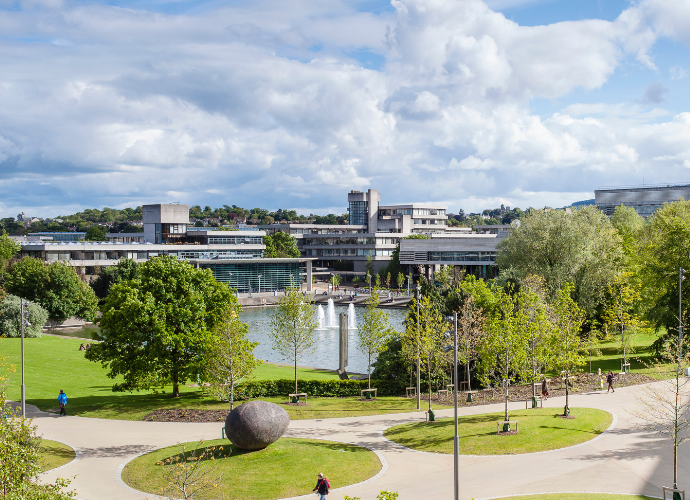2025 John F. Larchet Memorial Lecture
Music and Conviviality: Empathy, Repair, and Homage
ABSTRACT
I will share parts of my introduction to an edited book in progress titled Connection, Empathy, and the Performing Arts. The book will feature chapters by eight music scholars and a full circle return to a musical and political idealism. I explore two sets of questions. First, how is the framework of ‘conviviality’ useful at this historical moment? When we focus on music and empathetic connection across difference, what does this bring to an area of music scholarship now dominated by attention to conflict, trauma, and violence? What’s gained and what’s lost by focusing on the reparative? Second, how can I honor the intention of a colleague whose research was dedicated to those questions? Ethnomusicologist Yoshitaka Terada instigated this book, brought me on as a co-organizer, and unexpectedly died midway through the project. As I work to weave the strands of his thought and mine – and the music scholars he brought together – into a book, I address issues now at the center of North American music research: what are the decolonial ethics of speaking for others? How can we share or cede scholarly authority? Now that our book is an act of homage, how can I recast ‘editing’ as an act of conviviality?
Deborah Wong is an ethnomusicologist and Professor Emerita of Music at the University of California, Riverside. She has written three books: Louder and Faster: Pain, Joy, and the Body Politic in Asian American Taiko (2019), Speak It Louder: Asian Americans Making Music (2004), and Sounding the Center: History and Aesthetics in Thai Buddhist Ritual (2001). She served as editor for Nobuko Miyamoto’s extraordinary memoir, Not Yo’ Butterfly: My Long Song of Relocation, Race, Love, and Revolution (2021). Committed to public sector work at the national, state, and local levels, she serves on the board of Great Leap, a non-profit community arts organization with an Asian American focus. She hosts a weekly radio show titled Gold Mountain for KUCR 88.3 FM in Riverside. She was a member of the Taiko Center of Los Angeles for many years and still dances bon-odori every summer in Southern California Obon gatherings. She is a core member of the collaborative team that recently published the oral history book Riverside Women Creating Change: Stories and Inspiration from Activists and Organizers (Inlandia Institute, 2024).
Wednesday 7th May, 5:00pm
Mason Curran and Hayes Theatre, UCD Sutherland School of Law, Belfield Campus, Dublin 4 ((opens in a new window)view map)
